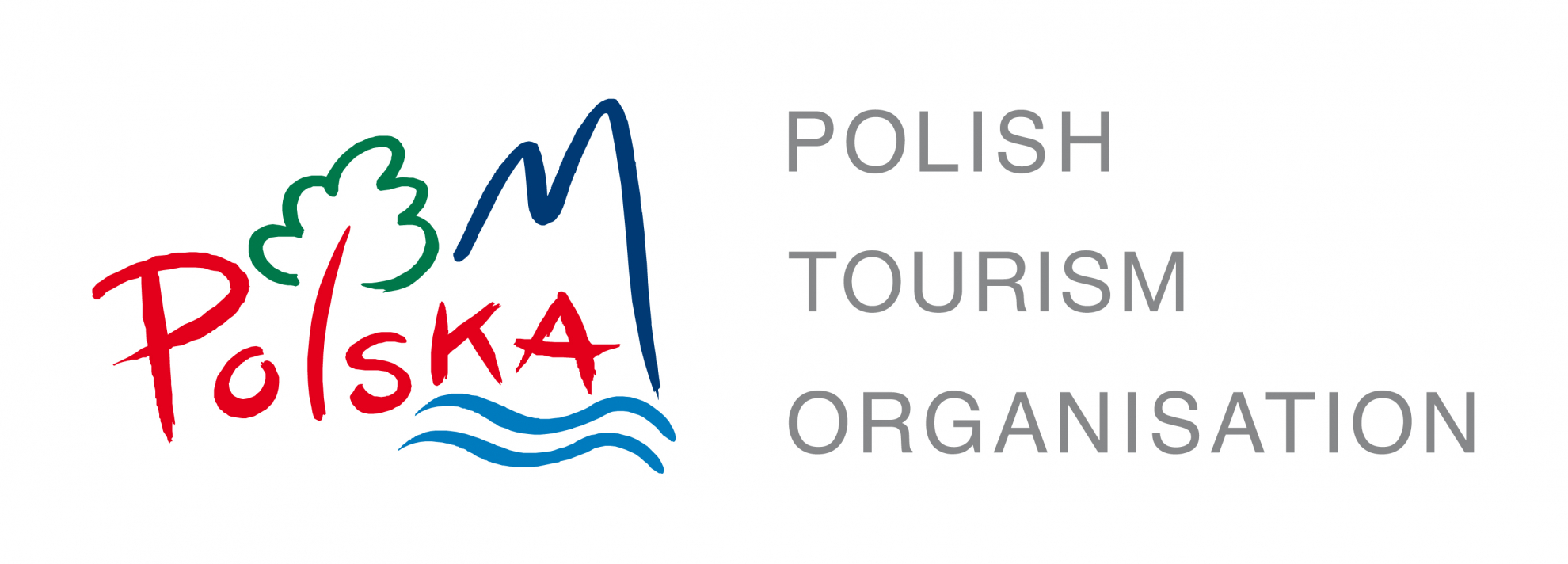This was the longest and largest bridge in Europe in the mid 19th century. The structure was entered onto an international list of historical civil engineering monuments.
This links the two banks of the, broad at this point, River Vistula. It was built to enable the running of a busy railway line between Berlin and Krolewiec. The iron bridge with the foundation stone laid by King Friedrich Wilhelm IV was designed by the engineer Carl Lentz and built using modern technical and design solutions.
Built between 1851 and 1857 as a road and rail bridge it was the longest bridge in Europe at the time and one of the largest in the world at 837m long. It was supported on seven pillars, had ten towers and two gates with beautiful portals. Today only four of the characteristic towers remain. The total cost of construction was about 4 million thalers.
Only 30m away a second bridge was built between 1888 and 1891 designed by Johan Schwedler. This one was solely a railway bridge so the older one was converted to a road bridge. At the beginning of the 20th century both bridges were extended after the removal of the protective levees – they now total 1952m. The bridge, from the middle of the 19th century, was added to an international list of historic civil engineering monuments (which also includes among others, the Eiffel Tower in Paris)
Railway Bridge in Tczew (woj. Pomorskie)
www.tczew.pl


 Térkép:
Térkép:
 +48 587734803
+48 587734803

